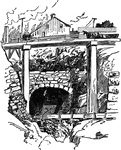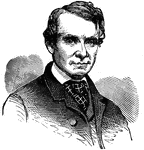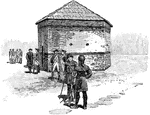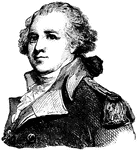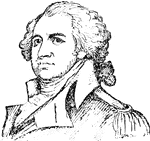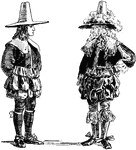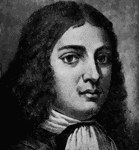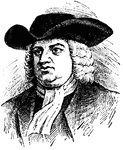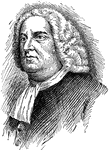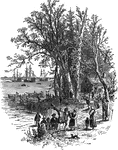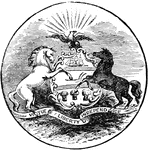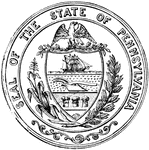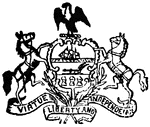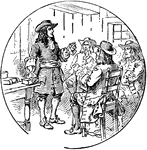Clipart tagged: ‘Pennsylvania’
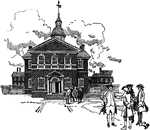
Carpenter's Hall
Carpenters' Hall is a four-story brick building in Center City Philadelphia, Pennsylvania which played…
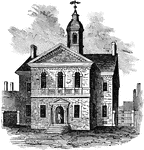
Carpenters' Hall
Carpenters' Hall is a four-story brick building in Center City Philadelphia, Pennsylvania which played…

Carpenters' Hall
Carpenters' Hall is located in Center City of Philadelphia, Pennsylvania, most remembered as the site…

Stuart's Cavalry
"Stuart's Confederate Cavalry, after their successful raid into Pennsylvania, escaping with their stolen…
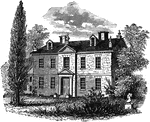
Chew's House
Benjamin Chew (November 19, 1722 – January 20, 1810) was a fifth-generation American, a Quaker-born…

Fort Duquesne
Fort Duquesne (originally called Fort Du Quesne) was a fort established by the French in 1754, at the…
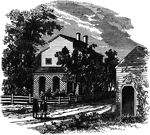
Fulton's Birthplace
The birthplace of Robert Fulton, inventor and engineer, in Lancaster County, Pennsylvania.

Attack at Harrisonburg
"Gallant attack by 150 of the Pennsylvania Bucktails, led by Colonel Kane, upon a portion of General…
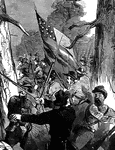
Attack at Harrisonburg
"Gallant attack by 150 of the Pennsylvania Bucktails, led by Colonel Kane, upon a portion of General…
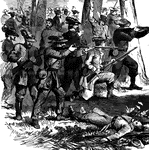
Attack at Harrisonburg
"Gallant attack by 150 of the Pennsylvania Bucktails, led by Colonel Kane, upon a portion of General…

Attack at Harrisonburg
"Gallant attack by 150 of the Pennsylvania Bucktails, led by Colonel Kane, upon a portion of General…

Penn's Treaty with the Native Americans under the Elm Tree at Shackamaxon
Penn's Treaty with the Native Americans under the Elm Tree at Shackamaxon

William Penn
William Penn (October 14, 1644 – July 30, 1718) was founder and "Absolute Proprietor" of the Province…
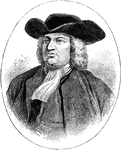
William Penn
(1644-1718) William Penn was an English colonist and best known as founder of Pennsylvania.
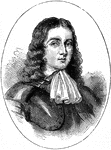
William Penn
William Penn (October 14, 1644 – July 30, 1718) was founder and "Absolute Proprietor" of the Province…

Pennsylvania Seal
Seal of the commonwealth of Pennsylvania, 1876, showing Pennsylvania as a cornerstone. Motto: Virtue,…

Pennsylvania Seal
Seal of the commonwealth of Pennsylvania, 1904. Motto: Virtue, Liberty, Independence.

Room in which Congress met in Carpenters' Hall
Carpenters' Hall is a four-story brick building in Center City Philadelphia, Pennsylvania which played…
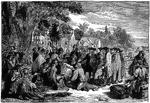
William Penn's Treaty with the Native Americans
An illustration of the treaty between the Native Americans and William Penn.

Walnut Street Front
David Rittenhouse erected a temporary observatory for the purpose of observing the transit of Venus…

